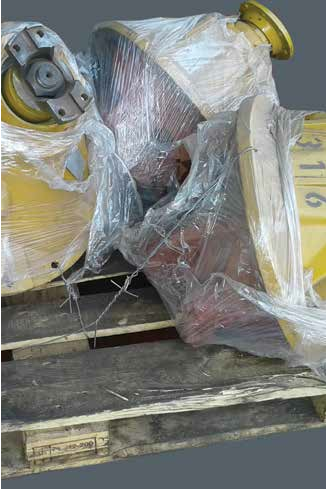
4

















Maintenance
There
component
this
optimum
and
This
component
to
enhancing
can
back
Critical
as
are
maintenance.
Inspect
excessive












Low
Strategy
See












High
Further
See























Minimise
Drain
It
and
This
However
Plan
If
































Diligent
High
approach
In
Check
Inspect
excessive
Check
If
for
Cases
component
Excessive
w
It
stage.

A

































































































